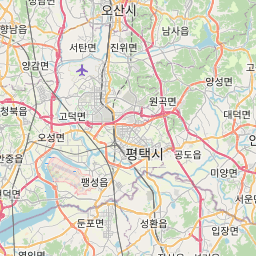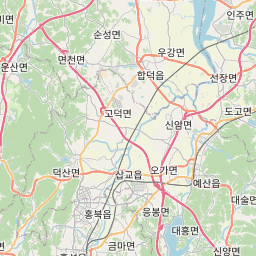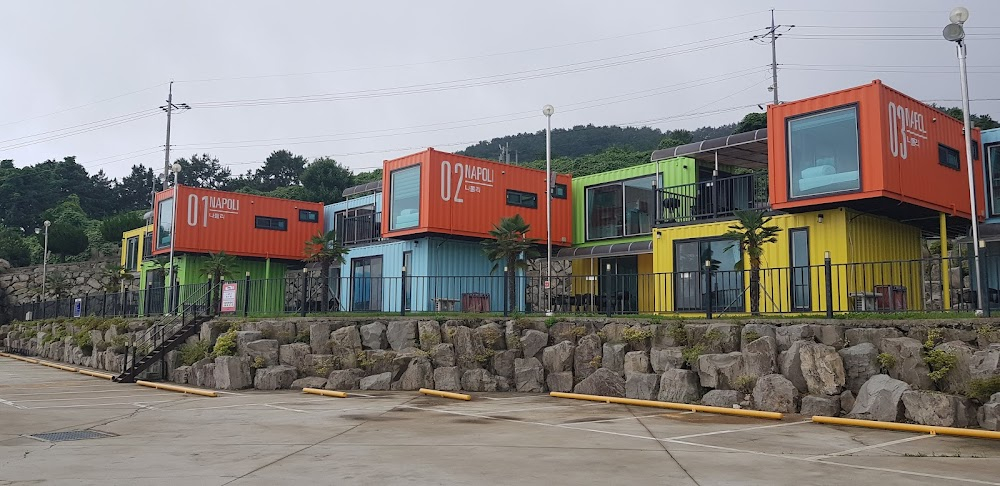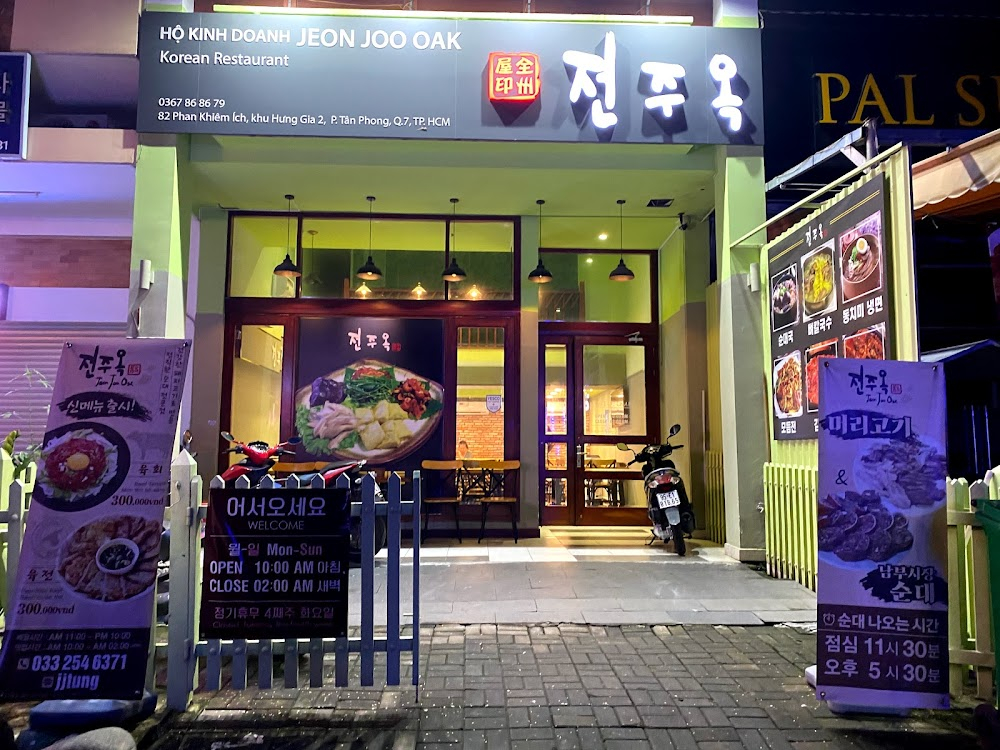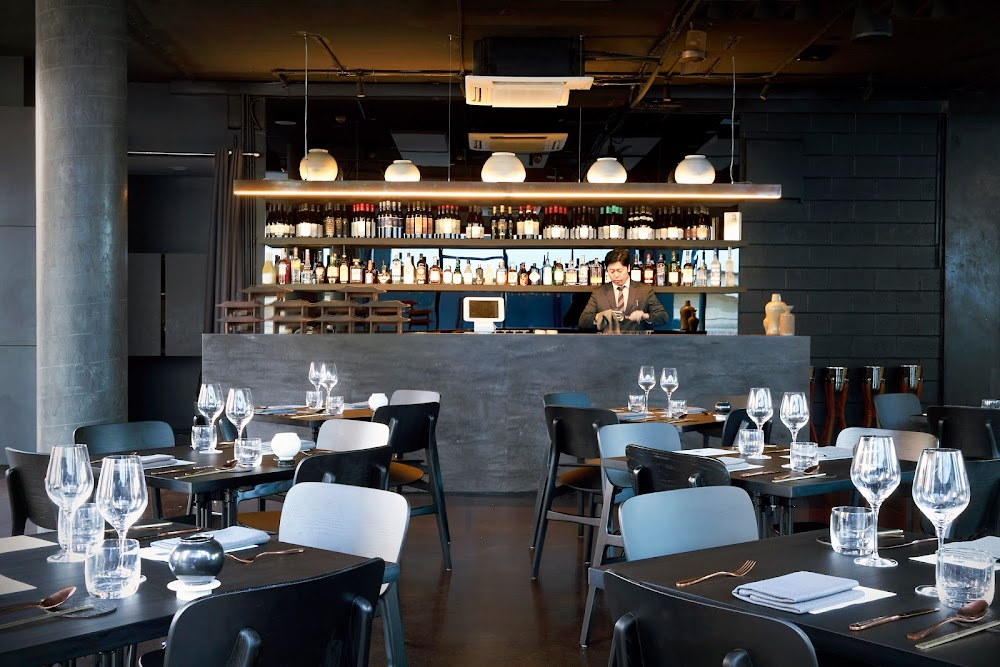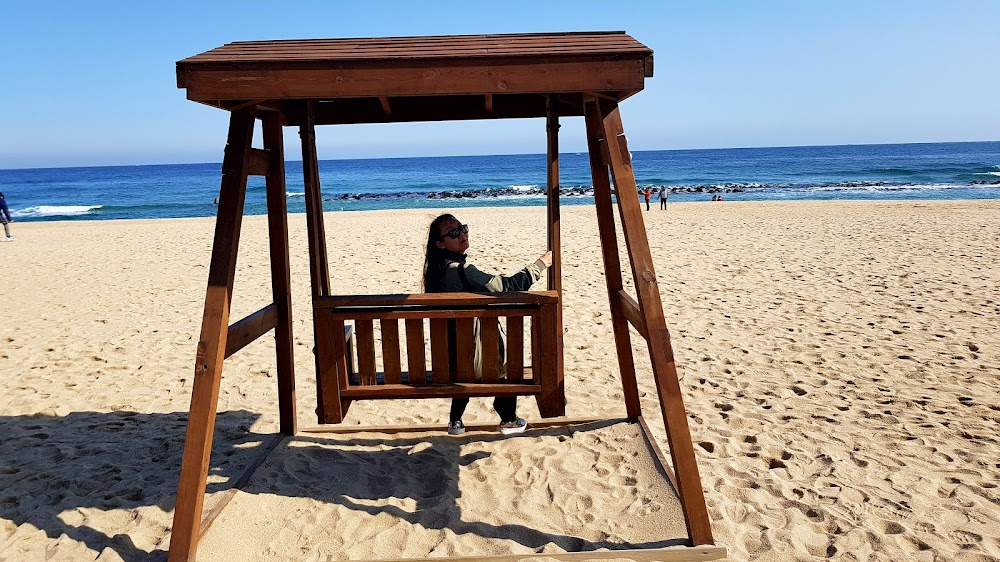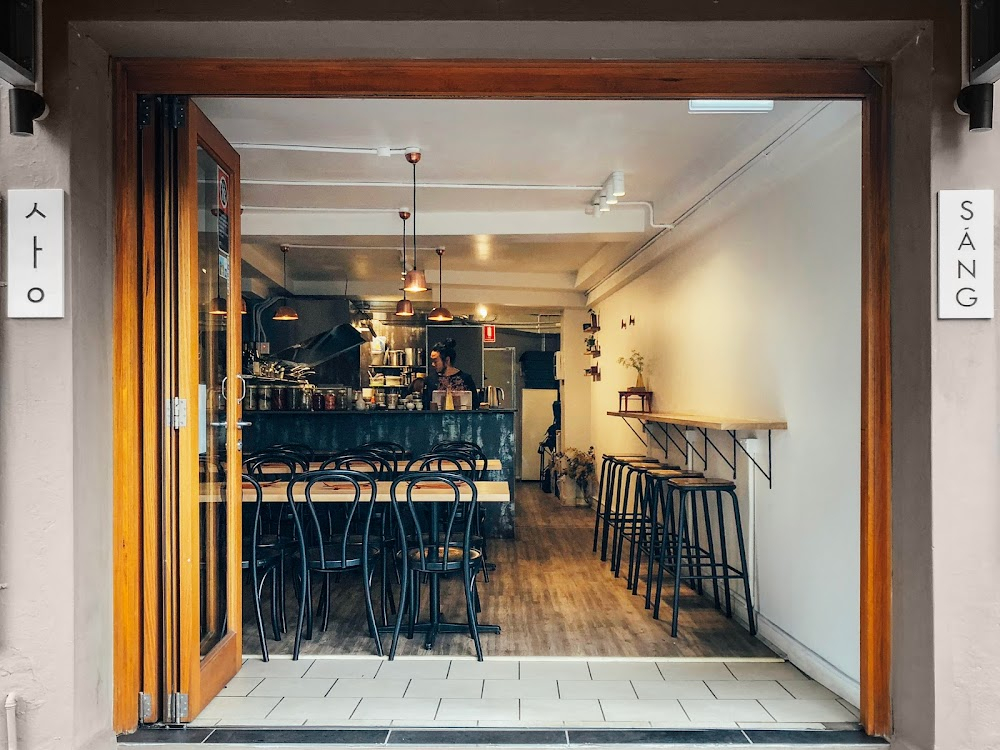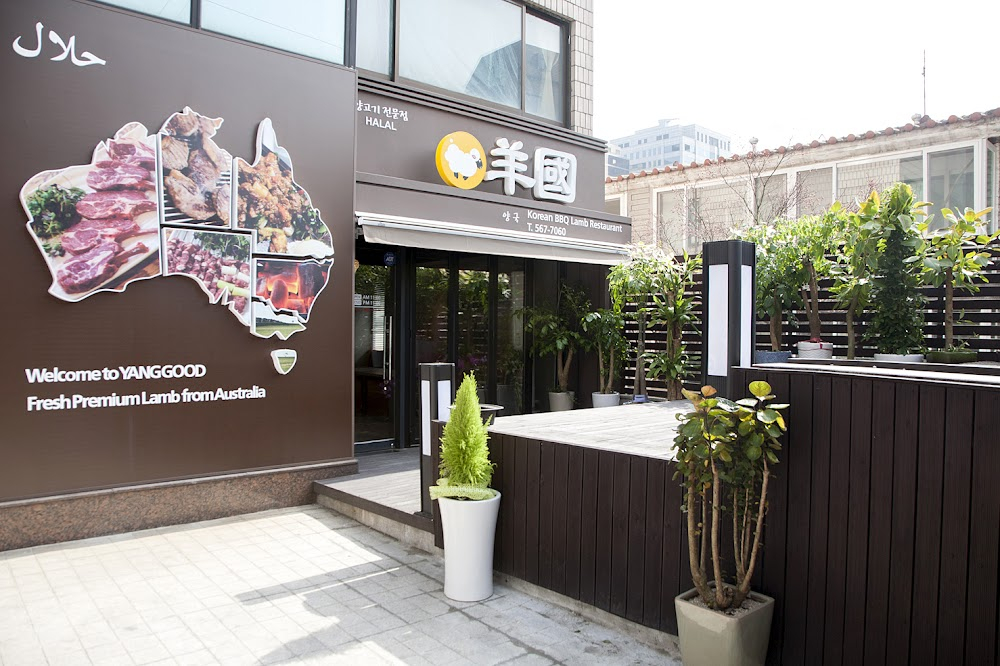Taegukgi hwinalrimyeo Filming Locations

Where was Taegukgi hwinalrimyeo filmed? Taegukgi hwinalrimyeo was filmed in 14 locations across South Korea and Australia in the following places:
Taegukgi hwinalrimyeo Filming Locations
Asan is a city in South Chungcheong Province, South Korea. It borders the Seoul Capital Area to the north. Asan has a population of approximately 300,000. Asan is known for its many hot springs and is a city of spas. Asan has grown into the neighboring village, Onyang-dong, which is also known for its hot springs.
Busan, a large port city in South Korea, is known for its beaches, mountains and temples. Busy Haeundae Beach features the Sea Life Aquarium, plus a Folk Square with traditional games such as tug-of-war, while Gwangalli Beach has many bars and views of modern Diamond Bridge. Beomeosa Temple, a Buddhist shrine founded in 678 A.D., is at the base of Geumjeong Mountain, which has hiking trails.
Goseong County is a county in South Gyeongsang Province, South Korea
Jeonju is a city in western South Korea. It’s known for the Jeonju Hanok Heritage Village, an area of traditional houses, craft shops and food stalls. In the village, the 15th-century Gyeonggijeon Shrine has portraits of former kings. Jeonju Korean Traditional Wine Museum demonstrates the making of local rice wines. Omokdae and Imokdae are centuries-old hilltop pavilions with sweeping views.
Jeonju is a city in western South Korea. It’s known for the Jeonju Hanok Heritage Village, an area of traditional houses, craft shops and food stalls. In the village, the 15th-century Gyeonggijeon Shrine has portraits of former kings. Jeonju Korean Traditional Wine Museum demonstrates the making of local rice wines. Omokdae and Imokdae are centuries-old hilltop pavilions with sweeping views.
Gwangju is a city in the southwest corner of South Korea. It’s known for a pro-democracy uprising in 1980. The event is commemorated by the 5·18 Memorial Park, with tree-lined paths and dramatic bronze sculptures, and the 5·18 National Cemetery. East, the craggy Mudeungsan Mountain National Park has striking rock formations. In the foothills, the rebuilt 6th-century Jeungsimsa Temple has a Silla-era stone pagoda.
Pyeongchang is a county in Gangwon Province, South Korea. It’s known for Odaesan National Park, with trails crisscrossing the Taebaek Mountains. The park is also home to several Buddhist temples, including Woljeongsa Temple, with its 9-story octagonal pagoda. Lee Hyo-seok Culture Village explores the life of early-20th-century poet Lee Hyo-seok. On the Heungjeong Valley bank are the 7 themed gardens of Herbnara Farm.
Seoul, the capital of South Korea, is a huge metropolis where modern skyscrapers, high-tech subways and pop culture meet Buddhist temples, palaces and street markets. Notable attractions include futuristic Dongdaemun Design Plaza, a convention hall with curving architecture and a rooftop park; Gyeongbokgung Palace, which once had more than 7,000 rooms; and Jogyesa Temple, site of ancient locust and pine trees.
Suncheon is the largest city in Jeollanam-do, South Korea, with a population of 280,719 as of 2022. It is located in the southeast of the province and is a scenic agricultural and industrial city, known for tourist attractions, such as Suncheon Bay.
Taegukgi hwinalrimyeo (2004)
When two brothers are forced to fight in the Korean War, the elder decides to take the riskiest missions if it will help shield the younger from battle.


